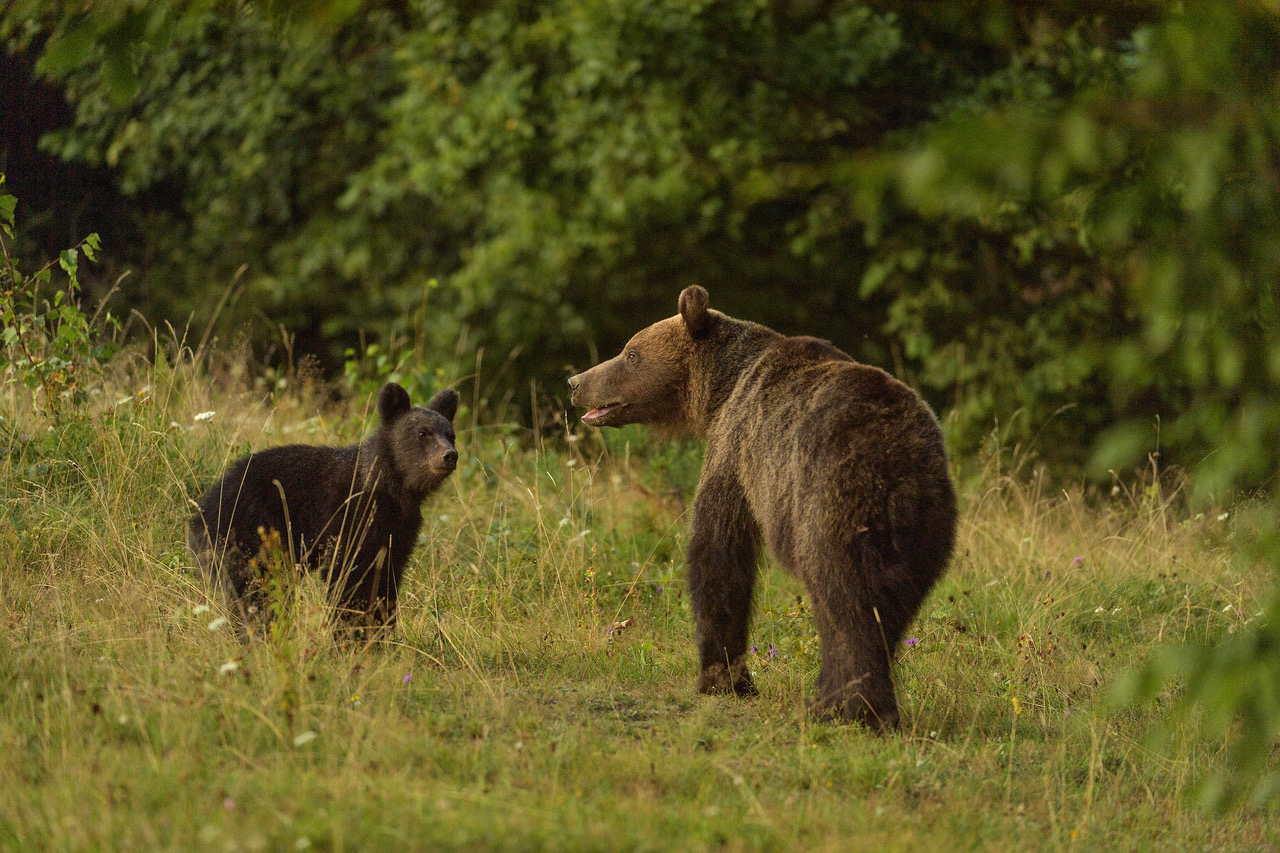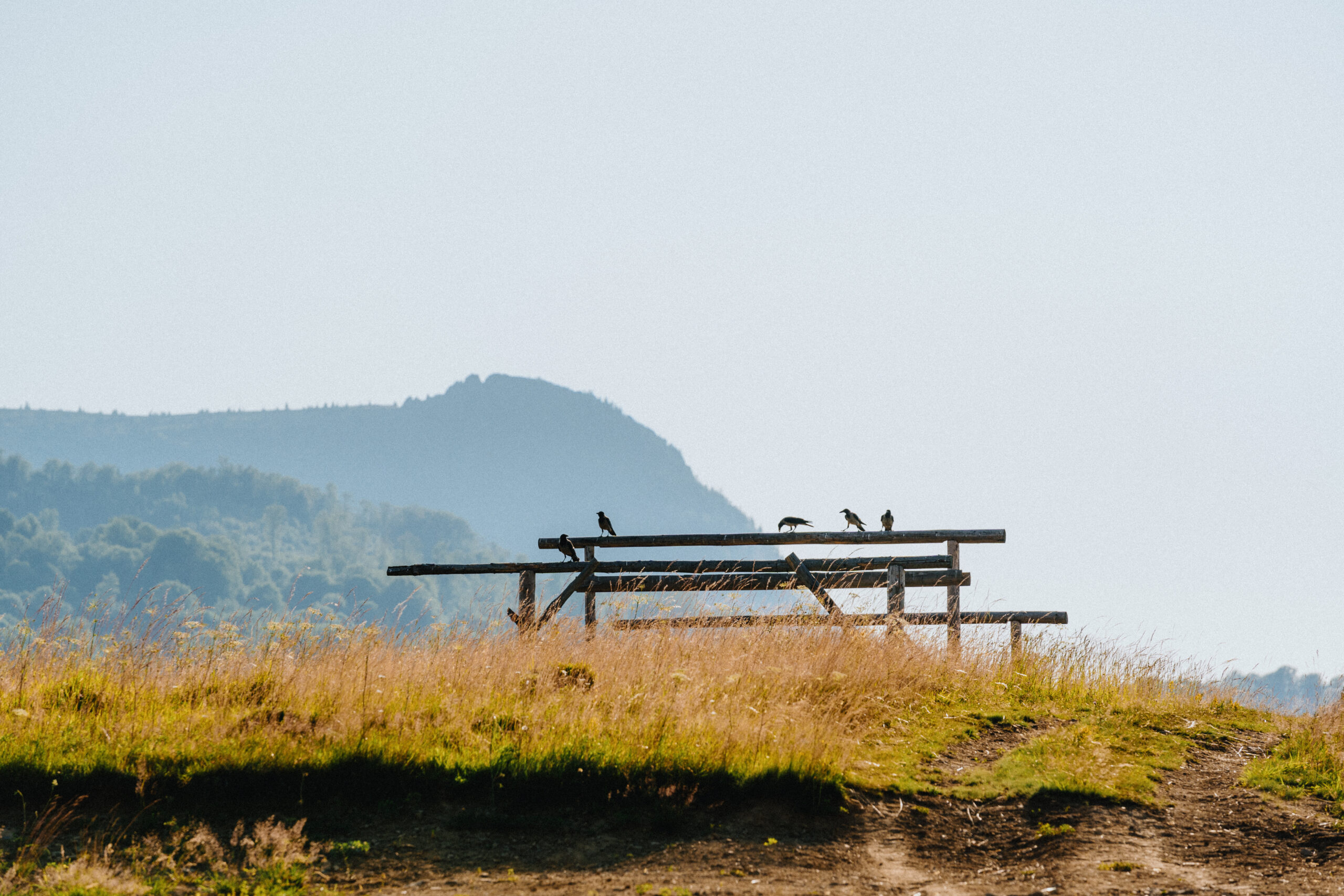Goals and objectives.
Biodiversity is fundamental to both our planet and for people. It provides us with clean air and water, food and medicine. But we have a biodiversity crisis. Only 23% of species and 16% of habitats under the European Union Nature Directives are in good health.
In response, the European Union has developed a 2030 Biodiversity Strategy which aims to put biodiversity back on the path to recovery by 2030, and contribute to the European Green Deal goal of preserving and restoring Europe’s natural capital.
The Strategy aims to legally protect at least 30% of the land, including inland waters, and 30% of the sea in the European Union, of which at least one third should be under strict protection, including all remaining primary and old-growth forests.
A key goal of the European Union 2030 Biodiversity Strategy is to develop a Trans-European Nature Network (TEN-N), that addresses gaps in the coverage of priority habitats and species, and brings added coherence to the existing network of the European Union’s Natura 2000 sites and other nationally-designated protected areas.
NaturaConnect is a European Union Horizon Europe funded project that will support the development of the Trans-European Nature Network (TEN-N).
The project brings together a comprehensive team of interdisciplinary scientists and NGOs from 22 institutions in 15 European Union Member States, working to support European Union Member States in realizing an ecological network of conservation areas across Europe that contribute to the European Union Biodiversity Strategy 2030 and its aim to protect at least 30% of the land, with at least one third under strict protection.
The project is being implemented between 2022-2026
and its goals are to:.






